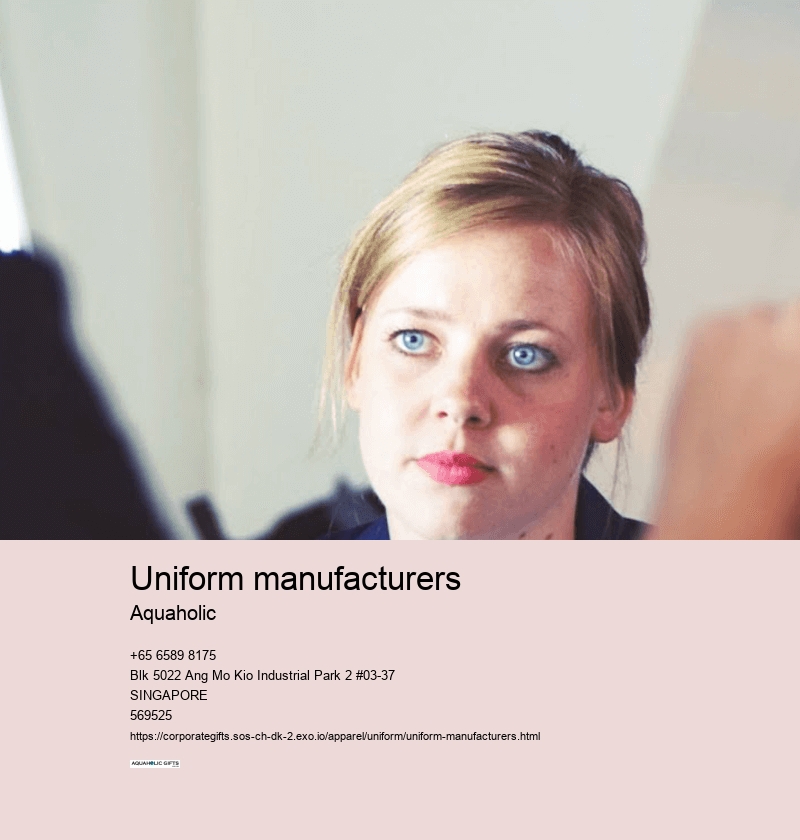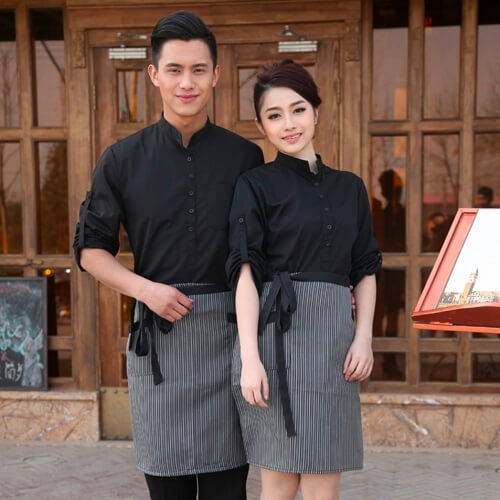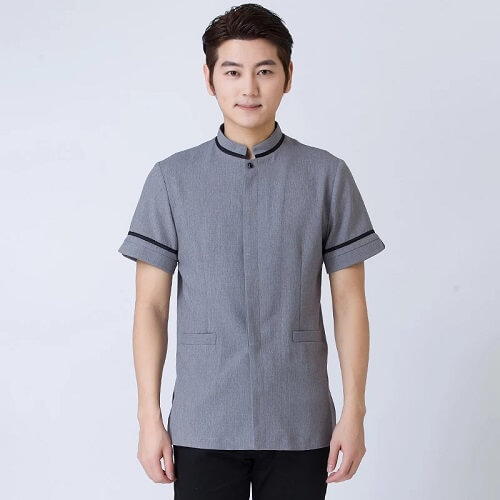uniform manufacturers
printed uniform
Why does fabric matter? Classic, bold, understated, or modern? Collecting and incorporating feedback from the wearers ensures that the final product meets comfort and design expectations.
Colors steer emotions, and fonts navigate perceptions. They subtly communicate the brand image and the vibe you wish to convey.
Imagine waking up to a full day of work and your clothes are uncomfortable, tight or poorly-fitted. In a world teeming with the ordinary, the customary, and the familiar, who doesn’t crave a touch of personalization?
Imagine embarking on a full day’s work, but your uniform is itchy, too tight, or ill-fitted—it would be a long, grueling day, wouldn’t it? Be aware that when you're trying to find the perfect aesthetic, function should not be neglected.



